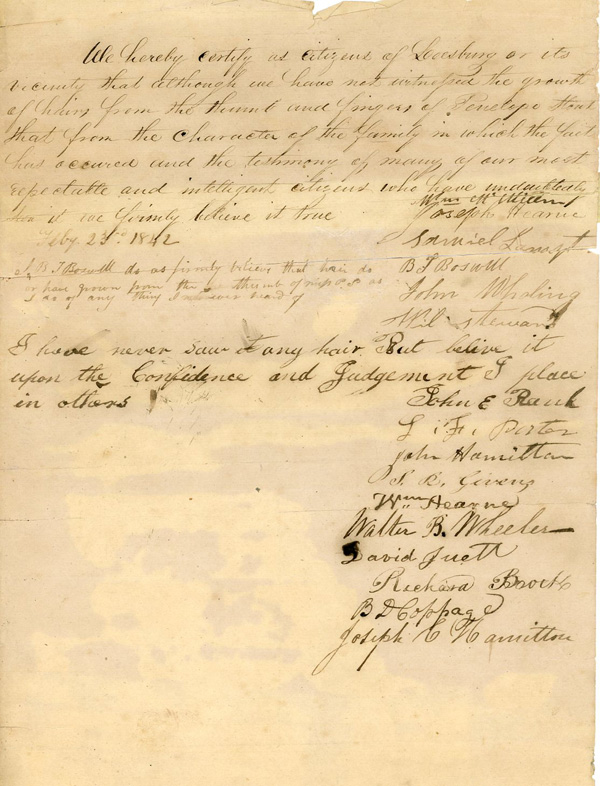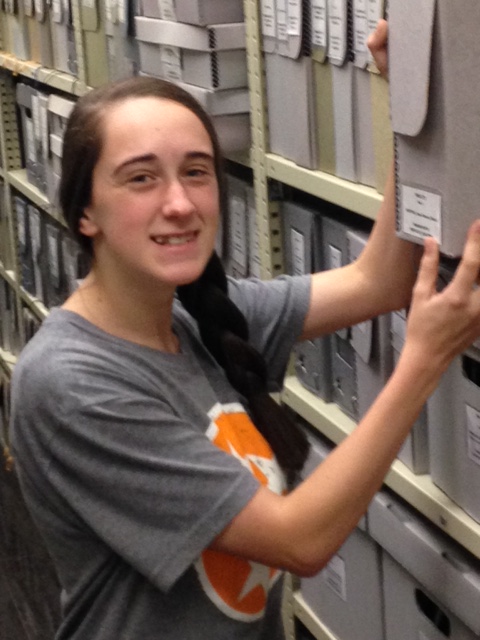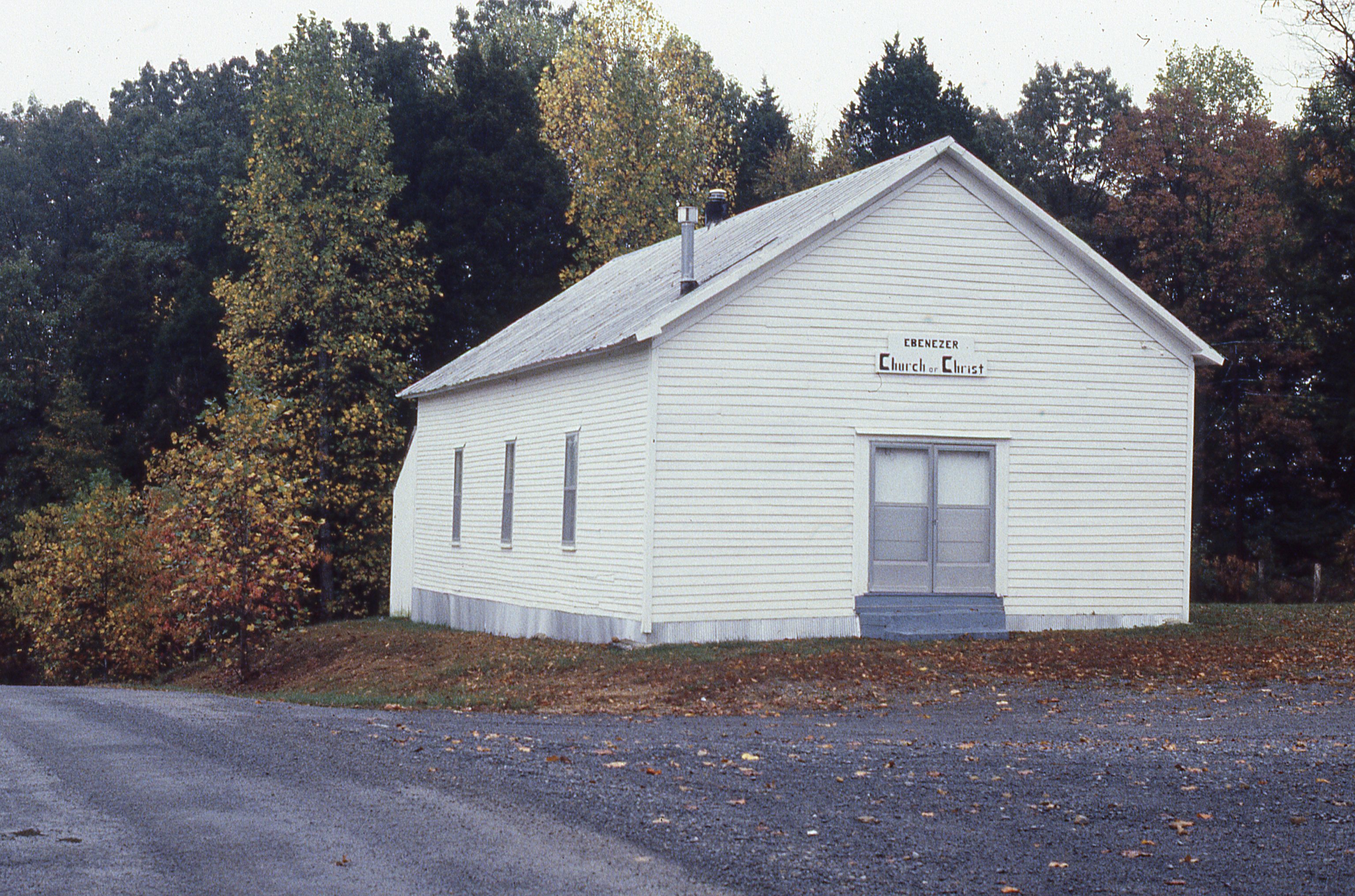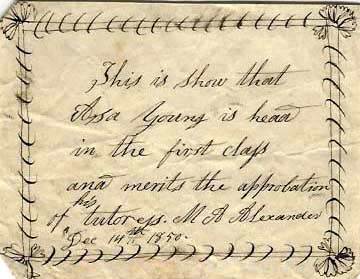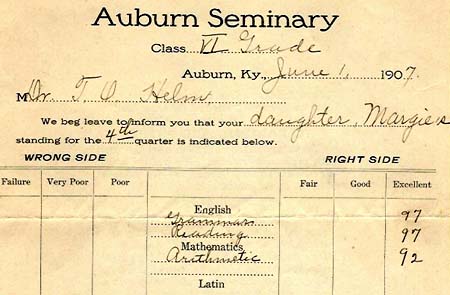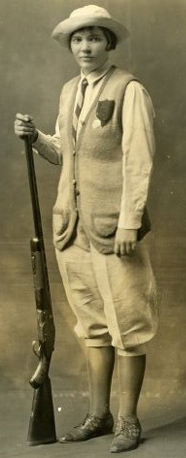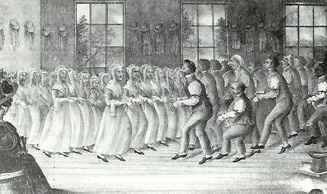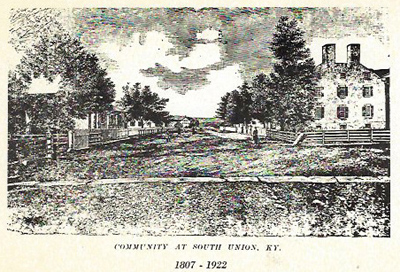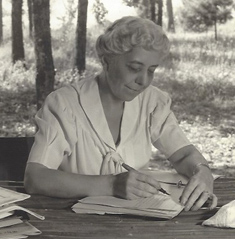The world of classical studies was abuzz in November 1961, when American archaeologist and antique dealer Christopher Wakefield announced the discovery at the Citadel of Mycenae in Greece of a grave containing two skeletons and a trove of gold and bronze artifacts. Describing the find in detail, Wakefield reported that an arm band on one skeleton identified it as that of Orestes, the son of Agamemnon and Clytemnestra who, according to myth, perpetuated an ancient curse when he killed his mother and her lover after they had dispatched his father. Wakefield delivered his stunning news in a letter to Laban Lacy Rice, a Dixon, Kentucky native, former president of Cumberland University, and himself a scholar of ancient Greece. Rice sent the letter to the Associated Press, and from there the story flashed across newspapers in the U.S. and Canada.
Authorities in Athens, however, quickly denied any such discovery, and news outlets more cautious than the AP raised eyebrows at the claim. Then came the real story: the whole thing was a “classical hoax” perpetrated by Rice himself. After reading a book on such ruses, Rice had invented “Christopher Wakefield,” right down to his phony stationery, and written the letter himself. He filled the account of Orestes’ tomb with such archaeological detail that many American scholars took the bait; some even claimed to know the fictional Wakefield personally.
The joke surprised Rice’s fellow citizens in Lebanon, Tennessee, who knew the erudite 91-year-old—the multilingual author of several books, accomplished amateur astronomer, and expert on Einstein’s theory of relativity—as being somewhat on the humorless side. But Rice calmly regarded the prank as one of many intellectual challenges he had successfully attempted during his long life. Mirroring this academic trickery was his skill at athletic deception: during his student days at Cumberland University, he had been a star curve ball pitcher.
The papers of Laban Lacy Rice, including the story of his “classical hoax,” are part of the Manuscripts & Folklife Archives of WKU’s Department of Library Special Collections. Click here for a finding aid. For more collections, search TopSCHOLAR and KenCat.




